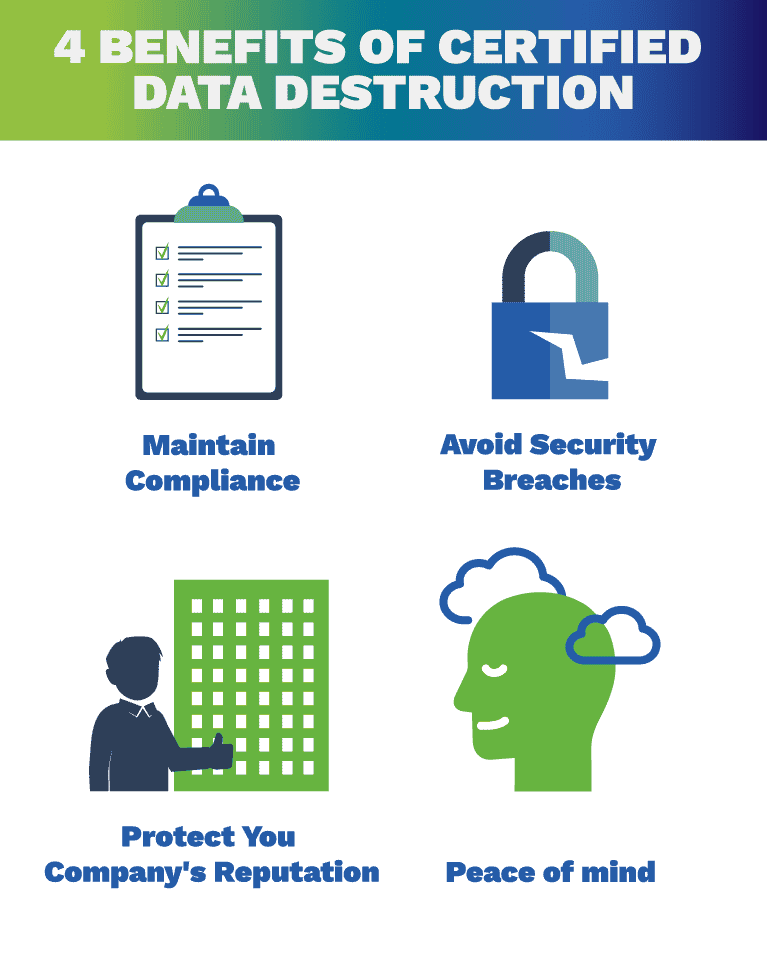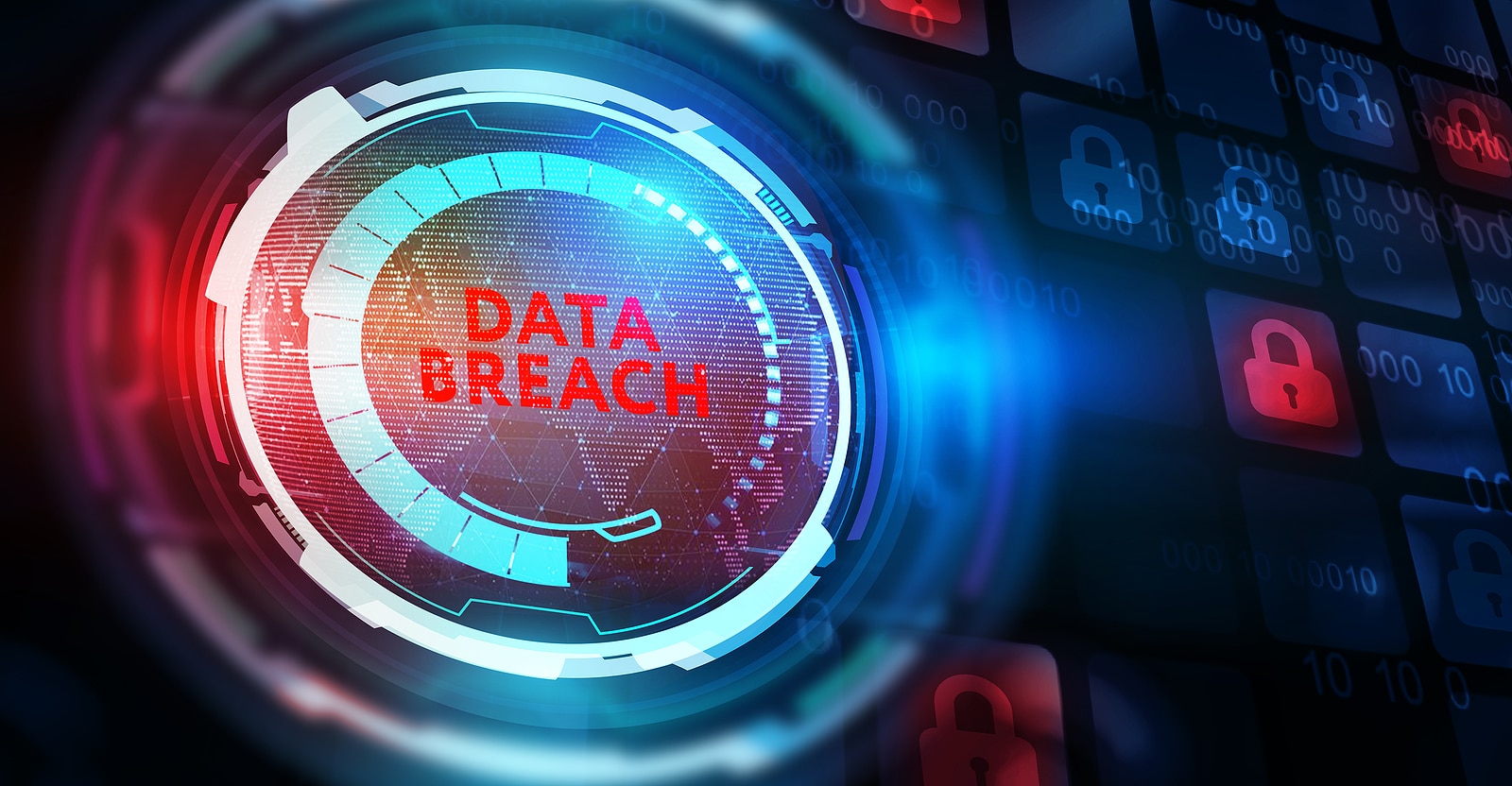The Influence of Effective Data Destruction on Cyber Security Threat Monitoring
The Influence of Effective Data Destruction on Cyber Security Threat Monitoring
Blog Article
The Significance of Effective Data Destruction Practices in Safeguarding Sensitive Info and Ensuring Computer System Safety And Security
In a period where data breaches are progressively typical, the value of reliable information destruction techniques can not be overemphasized. Organizations face substantial risks when delicate information is improperly taken care of, potentially leading to unauthorized access and severe economic consequences. Executing robust information devastation approaches not only mitigates these threats but additionally lines up with lawful compliance needs, making sure that organizations support their reputation and foster customer depend on. The inquiry remains: what certain approaches can be employed to improve these techniques, and just how can organizations efficiently incorporate them right into their overall cybersecurity structure?
Recognizing Information Damage
Recognizing data devastation is important in today's electronic landscape, where sensitive information can easily be jeopardized. Effective data damage entails not just erasing data yet ensuring that information is irretrievable via thorough methods. This procedure is vital for organizations that manage private customer info, intellectual home, or inner records, as any violation can lead to severe financial and reputational consequences.
Information devastation encompasses various techniques, including shredding physical media, degaussing magnetic storage space tools, and utilizing software-based options that overwrite information multiple times. Each technique serves a certain function and should line up with the level of sensitivity of the details being thrown away. For instance, physical devastation is often chosen for hard drives including extremely personal information, while software program approaches may be sufficient for less delicate information.
Additionally, adhering to sector requirements and policies, such as the General Information Security Regulation (GDPR) or the Medical Insurance Portability and Liability Act (HIPAA), is critical for compliance and to mitigate lawful dangers. Organizations has to establish a robust data destruction policy, train employees on finest methods, and routinely examine their treatments to ensure that all sensitive info is taken care of securely and efficiently.
Dangers of Inadequate Practices
Poor information destruction practices expose organizations to considerable threats that can have far-ranging effects. When sensitive information is not correctly thrown away, it continues to be vulnerable to unauthorized access, which can result in information violations and identification theft. Such occurrences not only compromise the safety of people yet additionally tarnish the organization's credibility, leading to a loss of customer count on and possible financial consequences.
In addition, regulative conformity is significantly strict in several sectors. Failure to follow information destruction guidelines can result in substantial fines and lawful actions against companies. These charges can stress financial sources and divert focus from core business procedures.
In enhancement, the misuse of residual information can lead to intellectual residential or commercial property theft or corporate espionage, endangering affordable benefits (data destruction). The impact of insufficient information devastation expands past instant financial losses; it can also cause long-lasting damage to brand integrity and market placement

Organizations have to identify that information protection is not solely about avoiding breaches; it likewise includes the liable monitoring of information throughout its lifecycle. Disregarding reliable information visit site destruction protocols can have tragic implications, underscoring the need for durable procedures to minimize these threats.
Best Practices for Data Destruction
Implementing effective data damage practices is vital for securing sensitive details and maintaining conformity with regulatory requirements. Organizations must adopt a multi-faceted technique to make certain that data is irretrievable, thus preventing unauthorized access and prospective violations.
First, information should be classified based on level of sensitivity, permitting companies to apply ideal destruction techniques tailored to the degree of danger. For digital information, utilizing software-based data-wiping devices that adhere to industry standards can successfully overwrite existing information. Physical damage techniques, such as shredding or degaussing, are crucial for tools that save delicate info, guaranteeing full obliteration.
Establishing a clear information retention policy is important, describing how much time various sorts of info ought to be retained before devastation. Routine audits of data storage systems are additionally essential to determine unneeded or out-of-date data requiring elimination.
Additionally, training employees on the importance of information devastation and the certain procedures to comply with fosters a society of security within the company. read more Finally, maintaining paperwork of data destruction processes supplies accountability and sustains conformity with exterior guidelines and inner policies. By sticking to these best practices, organizations can significantly mitigate the threats related to information direct exposure.
Legal and Conformity Considerations

Failure to adhere to these laws can lead to extreme penalties, including significant penalties and reputational damages. Organizations has to implement a robust data damage plan that straightens with these lawful structures and provides clear guidelines on the proper techniques of data disposal, whether physical shredding or digital wiping.
Additionally, preserving paperwork of information damage activities is necessary for showing conformity throughout audits additional resources or examinations. By prioritizing legal and compliance considerations, organizations can enhance their data protection stance and foster trust with stakeholders and clients, ultimately adding to a much more secure data monitoring environment.
Advantages of Effective Information Damage
Reliable information destruction practices extend past simple compliance; they supply substantial advantages to organizations that prioritize them. By guaranteeing that sensitive information is irretrievably damaged, companies minimize the threat of information violations and the prospective financial repercussions connected with them. This proactive strategy not just safeguards against unapproved accessibility however additionally enhances the overall dependability of the organization in the eyes of customers and stakeholders.
Implementing robust data destruction techniques, such as physical devastation of storage tools or advanced information cleaning techniques, adds to the strengthening of a company's cybersecurity posture. data destruction. It minimizes the probability of copyright theft and shields proprietary info, thus keeping an one-upmanship on the market

Final Thought
In verdict, reliable data destruction techniques are vital for safeguarding delicate details and improving total computer protection. Inevitably, a dedication to durable information destruction methods cultivates a culture of obligation, consequently reinforcing a company's cybersecurity stance and maintaining customer trust.

Report this page